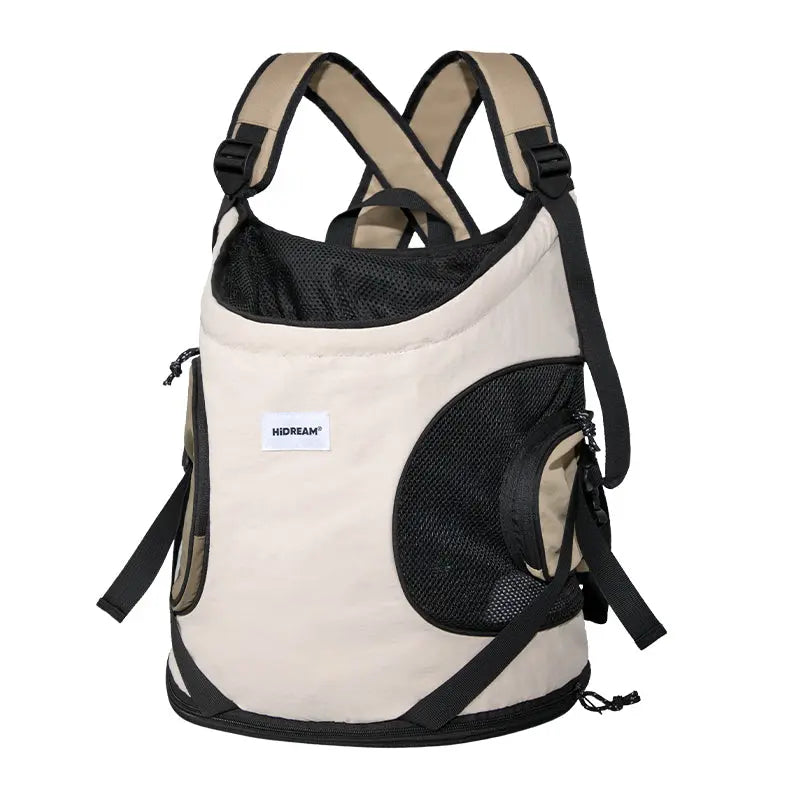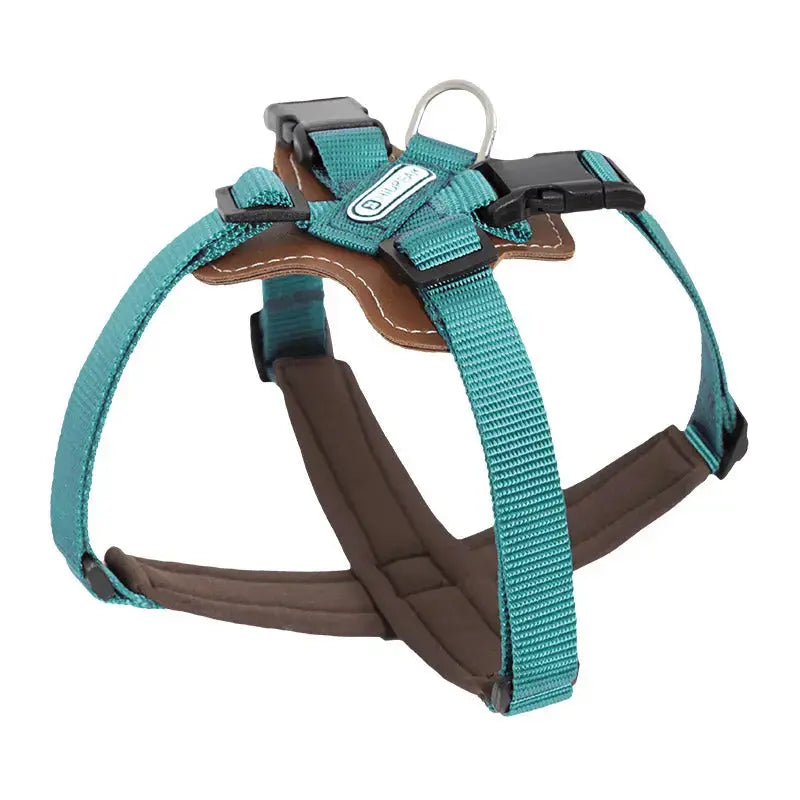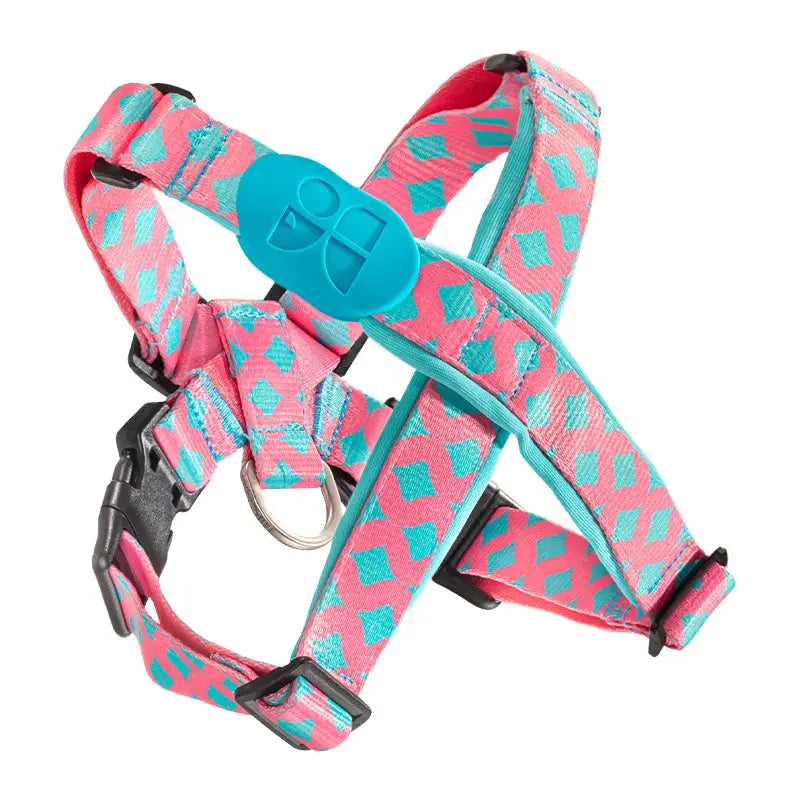That’s called reverse sneezing, and while it’s usually harmless, it can sometimes be a red flag—especially in flat-faced breeds like Pugs and French Bulldogs.
Is Your Dog Reverse Sneezing a Lot? Don’t Ignore It—Especially If They’re a Flat-Faced Breed
🐶 Is Your Dog Reverse Sneezing a Lot? Don’t Ignore It—Especially If They’re a Flat-Faced Breed
Have you ever heard your dog suddenly inhale sharply, making a sound like a snort, almost like a sneeze in reverse?
❓ What Is Reverse Sneezing?
Reverse sneezing happens when something irritates your dog’s nasal passages, causing them to inhale rapidly and forcefully. It often sounds like a snorting or gagging noise and typically lasts just a few seconds to a minute.
Common triggers include:
• Small breeds and brachycephalic (short-nosed) dogs like Frenchies, Pugs, and Boston Terriers
• Sudden excitement, environmental changes, or exposure to strong scents
🚨 What Causes Reverse Sneezing?
- Dust, pollen, perfumes, smoke, and other airborne irritants
- Overexcitement or intense physical activity
- Dry air or sudden temperature changes
- Narrow nasal passages or structural airway issues (very common in flat-faced breeds)
⚠️ When Reverse Sneezing Isn’t So Harmless
In some cases, frequent reverse sneezing could be a sign of a more serious issue—like a collapsed trachea.What Is a Collapsed Trachea?
A collapsed trachea happens when the cartilage rings in a dog’s windpipe weaken or flatten, narrowing the airway and making it harder to breathe. It’s most common in:
• Toy and small breeds (Yorkies, Chihuahuas, Pomeranians)
• Brachycephalic breeds (French Bulldogs, Pugs, Boston Terriers)
Warning signs of a collapsed trachea include:
• A dry, honking cough—especially when pulling on a leash
• Labored breathing or wheezing
• Gagging after excitement or eating
• Frequent reverse sneezing that gets worse over time
❌ Why Collars Can Make It Worse
If your dog already has a sensitive trachea or signs of collapsed trachea, using a collar can put direct pressure on the neck, worsening the condition. Pulling on a collar can cause choking, coughing, and long-term damage to the airway.
That’s why we strongly recommend switching to the best harness for dogs with collapsed trachea—a no-pull design that completely avoids pressure on the neck.
🔍 When Should You See a Vet?
Contact your veterinarian if your dog:
- Reverse sneezes frequently throughout the day
- Has episodes that last longer than a minute
- Shows signs of coughing, sneezing, loss of appetite, or lethargy
- Is part of a high-risk group like toy breeds or short-nosed dogs
- May have inhaled a foreign object
🛡️ How to Reduce Tracheal Stress at Home
- Avoid collars entirely—use a no-pull, trachea-friendly harness instead
- Limit use of scented sprays, diffusers, or candles indoors
- Use a humidifier during dry months
- Keep your dog’s weight in check—obesity puts added stress on the airway
- Calm your dog during walks and avoid overstimulation
We recommend switching to an X-shaped no-pressure dog harness that’s specifically designed to protect the trachea.
Why it works:
✔ Trachea-Safe Design: Doesn’t touch the neck—no pressure on the windpipe
✔ Perfect for Small and Brachycephalic Breeds: Ideal for Frenchies, Pugs, Yorkies, and more
✔ Adjustable & Lightweight: Breathable material with multiple adjustment points for a snug but comfy fit
Comments
No comments
Leave a comment
Your Email Address Will Not Be Published. Required Fields Are Marked *
PetPark Select
10.4K Follower
Our Topics
Subscribe Us
Subscribe to our newsletter and receive a selection of cool articles every weeks

















0 comments